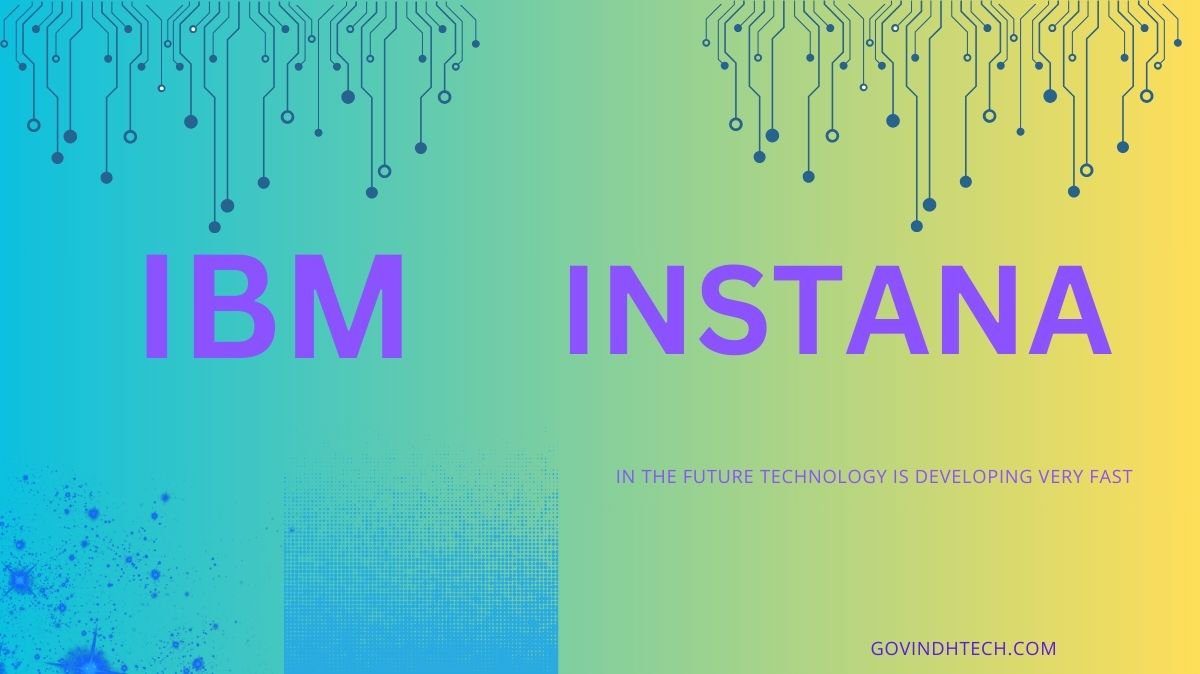What is Instana?
Real-time automated observability is required in modern application contexts in order to have visibility and understanding of what is happening. Having an automated approach to observability is crucial due to the extremely dynamic nature of microservices and the numerous interdependencies across application components. Because of this, established monitoring tools like New Relic find it difficult to keep up with setups that are cloud native.
The need for automation in observability
Customers are upset when an application isn’t functioning properly, and your business may suffer as a result. You will surely experience slower issue resolution, visibility gaps, and a lack of awareness of your application environments if your observability platform depends on manual instrumentation or configuration. Automation is therefore a crucial part of any observability solution.
Any contemporary, automated observability platform must have installation and setup. If you use New Relic, you are aware that manual instrumentation and settings are necessary. In order to fully utilize New Relic’s analytics capability, you must create a bespoke “application.” Depending on the technology being monitored, New Relic users must alter the code and adjust the configuration files. Additionally, New Relic employs many agents for various technologies and needs several agents per host. Installing, configuring, and maintaining New Relic monitoring all require manual work and take a lot of time and resources.
Since you can’t possible know every interaction between application services and infrastructure components, when you manually configure instrumentation, you run the risk of leaving visibility gaps. Additionally, it takes time and money to manually configure each of those connections and interactions. You need a system that maximizes visibility with the least amount of effort to manage modern applications and faster velocity development processes.
Automate setup and installation
Compare that to IBM Instana, which has an automated, single-agent design that makes setup and installation simple. Which agent(s) should be installed on which hosts cannot be guessed. There is no requirement to manually define interdependencies. All of that is automatically handled for you by Instana. You spend less time and effort, and the CI/CD process is sped up.
Instana takes automation of everything IBM even farther. Every step of the performance monitoring lifecycle is automated by Instana. Installation and configuration are automated. It automates the discovery of applications. The dashboards are automated. This streamlines profiling. It automates change detection, troubleshooting, and notifications.
Does your observability system currently automate each of those processes? If not, you should take IBM Instana into account.
Not only does IBM Instana capture each performance measure in real-time, but it also automates the tracing of each and every user request and profiles each and every process. It combines data from measurements, traces, events, and profiles and makes it accessible to those who need it (in context). Therefore, Instana automatically determines the slowest service or component of the causative event once a problem arises. Additionally, Instana can identify problems that others, such as New Relic, could overlook thanks to its one-second metric granularity.
A prerequisite for troubleshooting in complicated environments is automated root-cause analysis. By using machine learning algorithms, anomaly detection methods, and predictive analytics to automatically identify possible trouble patterns that human operators are likely to overlook, Instana speeds the troubleshooting process. By automating the analysis process, Instana can save the amount of time needed to determine the incident’s underlying cause and increase the detection’s precision, resulting in a quicker resolution.
With the help of the Instana Action CatalogTM, IBM Instana even automates remedial actions. This enables you to create original actions or utilise pre-existing automation inventories like Ansible or PagerDuty. These actions can be connected to Instana events and will then shown as potential actions for each event instance. You can perform actions manually or automatically through the Action Catalog, and it can use artificial intelligence (AI) to suggest actions to conduct based on the context of an event.
The sensors used by Instana automatically record changes, measurements, and events. With unparalleled granularity (one second) and high cardinality, Instana provides high-fidelity data in monitoring, recording an end-to-end trail of each and every request. Each sensor includes an out-of-the-box curated knowledge base of health signatures that are utilized to raise concerns or incidents based on user impact when it comes to proactive, automated health monitoring. These health signatures are continuously compared to the incoming data. By combining machine learning with pre-set health rules, a component’s health is determined.
The entire monitoring lifecycle is covered by Instana’s automatic, full-stack visibility. Instana addresses the gaps left by other APM solutions like New Relic, from the single, self-monitoring, and auto-updating agent to the automatic and continuous discovery, deployment, configuration, and dependency mapping. Instana frees teams from manual and time-consuming processes with zero-configuration dashboards, alerts, debugging, and remediation.


[…] IBM and KPMG LLP recently announced that they are strengthening their partnership to support client business transformations as they adopt SAP S/4HANA in the energy and utilities sector. Cloud enterprise resource planning (ERP) initiatives face the risk of failing if the proper business knowledge and technology are not in place to completely integrate them. Together, IBM Consulting and KPMG are bringing to the ERP implementation process a wealth of consulting, operations, tax, risk, and finance knowledge to aid energy and utilities firms in automating and managing critical business activities for optimum performance. […]
[…] we asked, IBM delivered! At Instana, IBM focus on customer needs and creating an easy-to-use tool to help their DevOps and SRE teams […]